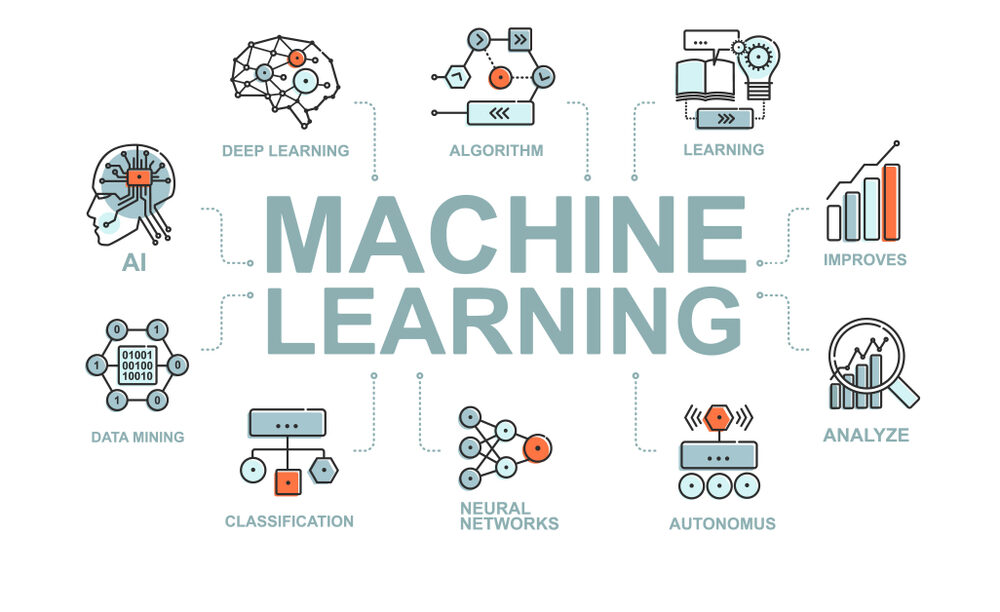Machine Learning

Machine learning is a branch of artificial intelligence (AI) that focuses on developing algorithms and techniques that enable computers to learn from data and make predictions or decisions without being explicitly programmed for each task. In other words, it's a field concerned with creating systems that can automatically learn and improve from experience.
At its core, machine learning involves the following key concepts:
Data: Machine learning algorithms require a large amount of data to learn from. This data can come in various forms, such as images, text, audio, or structured data.
Features: Features are specific characteristics or attributes extracted from the data that the algorithm uses to learn patterns and make predictions.
Models: A model is a mathematical representation of the relationships between different features in the data. Machine learning algorithms use these models to make predictions or decisions.
Training: During the training phase, the algorithm is fed with labeled data (supervised learning) or unlabeled data (unsupervised learning) and adjusts its parameters to minimize the difference between its predictions and the actual outcomes.
Testing and Evaluation: Once trained, the model is evaluated using a separate set of data to assess its performance and generalization capabilities.
Machine learning techniques can be broadly categorized into Three Main types:
Supervised Learning: In supervised learning, the algorithm is trained on labeled data, where each input is associated with the correct output. The goal is to learn a mapping from inputs to outputs, enabling the algorithm to make predictions on unseen data.
Unsupervised Learning: Unsupervised learning involves training the algorithm on unlabeled data and allowing it to find patterns or structure within the data on its own. Common tasks in unsupervised learning include clustering similar data points together or reducing the dimensionality of the data.
Reinforcement Learning: Reinforcement learning is a type of machine learning where an agent learns to interact with an environment by taking actions and receiving feedback in the form of rewards or penalties. The goal is to learn a policy that maximizes the cumulative reward over time.
Machine learning has a wide range of applications across various domains, including image and speech recognition, natural language processing, recommendation systems, healthcare, finance, and many others. It plays a crucial role in enabling computers to perform tasks that were once thought to require human intelligence.
Thank you,